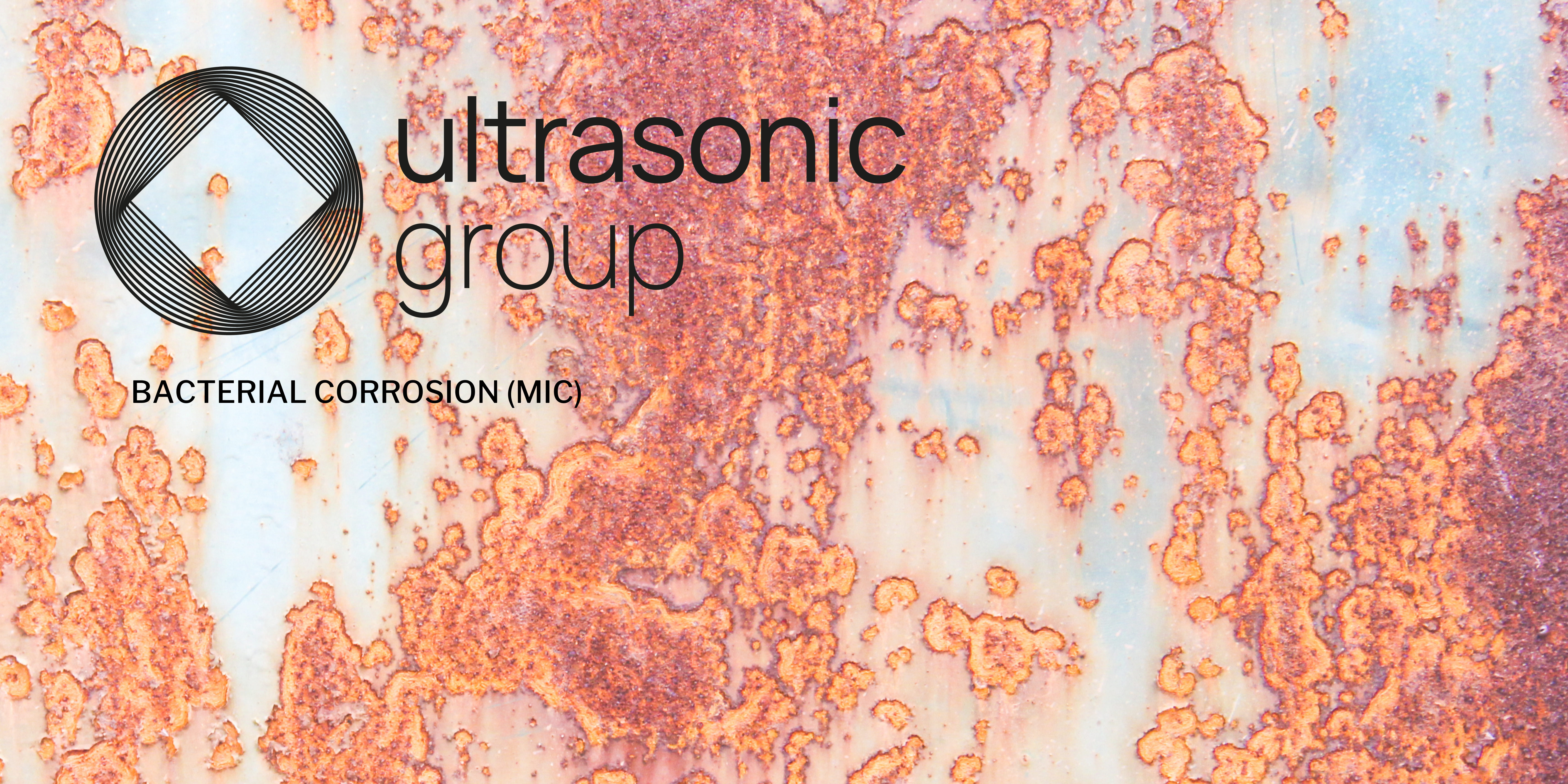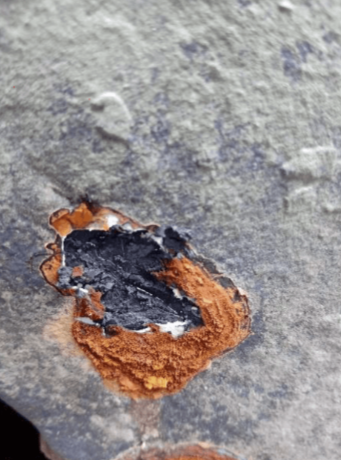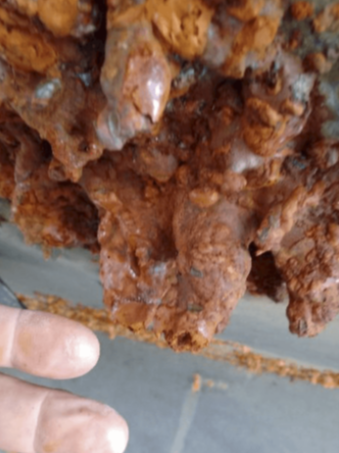Microbial-induced corrosion, also called bacterial corrosion, is a common bacteria on steels. The name says it all; it is corrosion that is caused by the influence of certain bacteria or microorganisms. It is a phenomenon that mainly affects the shipping industry.

We like to start at the beginning and give more clarification on what exactly corrosion is. It is the binding of small (metal) particles charged with electrons. It is these electrons that take particles of matter and eat them away. Most cases that deal with MIC are those in the shipping industry where steel ships are corroded.
There are certain bacteria that act on certain chemical substances in the water, resulting in the release of electrons. Over time, these bacteria will have created a kind of addiction to electrons, and will seek them out wherever they can. They start their search at the anodes, and then continue to look for electrons on steel. Increasing the flow of electrons will speed up the corrosion process.
The bacteria that focus primarily on eating away at iron is the sulfate reducing bacteria (SRB). It goes like this, the SRBs cause a change in composition of the sulfates in the water. In this way they can bind with the iron (iron sulfide). The result is corrosion on the steel of the hull.
 Nickey Holvoet
Nickey Holvoet Then there is the group of IRB bacteria, which are the Izer reducing bacteria. These bacteria ensure that the charged electron particles are easily dissolved. You can recognize this type of bacteria by the “Orange tubercles”, an orange goo. This bacterium causes a heavy pitting, which can be up to several millimeters in half a year.
 Nickey Holvoet
Nickey Holvoet Since these bacteria spread like wildfire in the boating industry, it is necessary to be able to limit the damage as much as possible.This is because the bacteria not only damage the hull of boats, but also the propeller shafts, heat exchangers, engines and pumps.
By installing a device from Sonic, the ultrasonic will ensure that these bacteria can no longer settle in steel and boats remain free from corrosion.